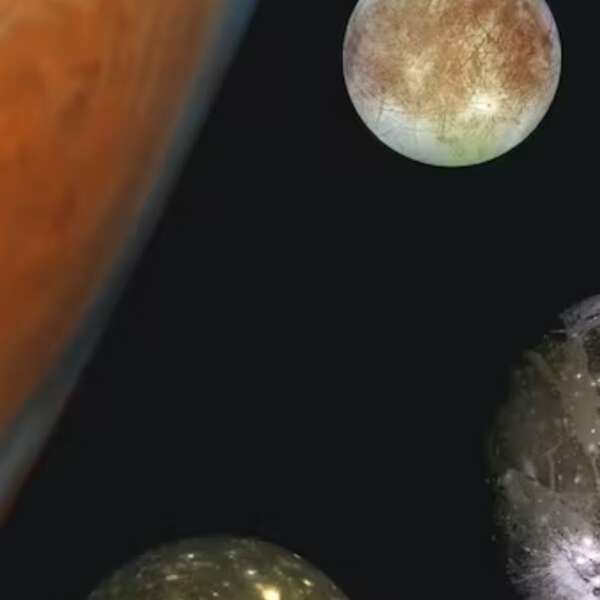A Meteor Breaks Up Over Ocean Captured by Research Ship Camera
A research vessel investigator which is operated by Commonwealth Scientific and Industrial Research Organisation (CSIRO), Australia’s National Science Agency, has captured a meteor break up over the southern coast of Tasmania through the ship’s live stream camera.
“Stunning footage of a meteor break up over the ocean has been captured off the southern coast of Tasmania by research vessel Investigator, operated by Australia’s national science agency, CSIRO.”
– Statement on the CSIRO website
Check out the meteor footage filmed by CSIRO RV Investigator on Wednesday, November 18 at 10:21 UTC which is 9:21 PM AEDT (local time in Hobart, Tasmania).
https://twitter.com/CSIRO/status/1329242744238338049
According to CSIRO, the vision captured by the camera shows an extremely bright green meteor crossing the sky in front of the research ship and then breaking up over the ocean.
Furthermore, at the time the footage was captured, the RV Investigator was in the Tasman Sea about 100km south off the Tasmanian coast.
According to CSIRO Voyage Manager onboard RV Investigator John Hooper, he said that it was a stroke of luck to capture the footage of the meteor.
“What we saw on reviewing the livestream footage astounded us, the size and brightness of the meteor was incredible,”
“The meteor crosses the sky directly in front of the ship and then breaks up – it was amazing to watch the footage and we were very fortunate that we captured it all on the ship livestream.”
-CSIRO Voyage Manager onboard RV Investigator John Hooper
Also, the capturing of the meteor’s footage is exciting to watch and acts as a reminder that space is far from empty according to Glen Nagle from the CSIRO Astronomy and Space Science and added that over 100 tonnes of natural space debris enter Earth’s atmosphere every day and most of it goes unseen as it occurs over an unpopulated area like the southern ocean.
And, Nagle stated on the CSIRO website that:
“When a meteor enters the Earth’s atmosphere at high-speed, it is the friction of rock with the atmosphere that makes them burn, as their kinetic energy is converted to other forms like heat, light and sound.”
As they enter our atmosphere, they become meteors – and their entry can be visually spectacular.”
Source: CSIRO research vessel Investigator films meteor break up over ocean / CSIRO














